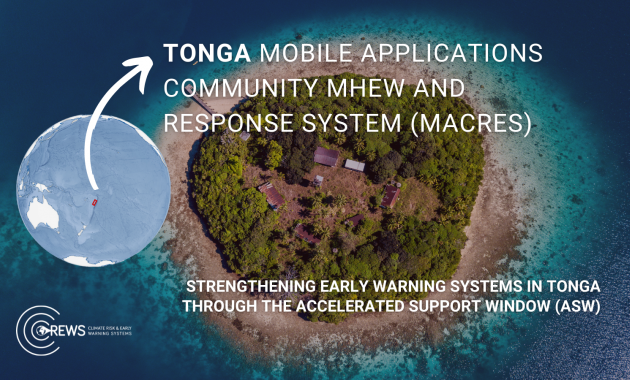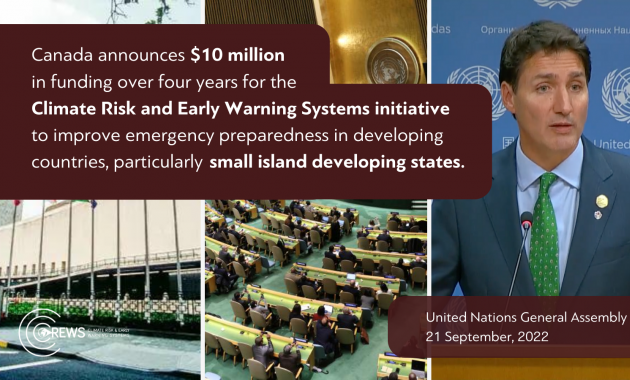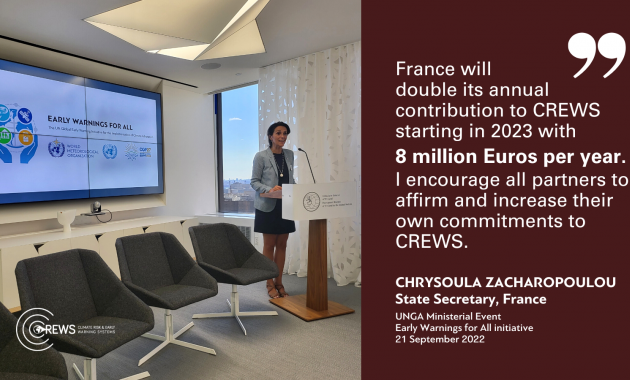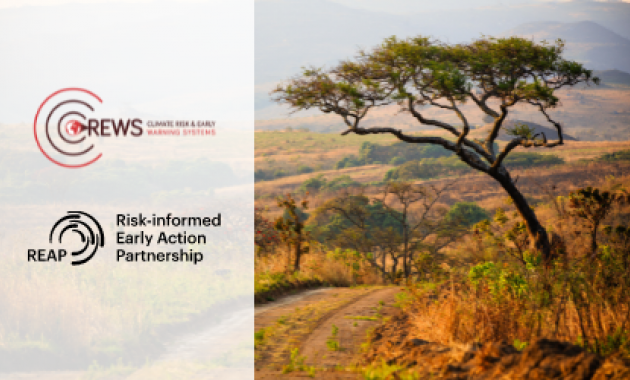To provide effective support to farmers in three pilot areas, a project component on service delivery is being implemented in Titao, Tenado and Niangoloko in the Cascades region. Sites are representative of the three main climatic zones: Sahelian, Soudanian-Sahelian and Soudanian. Annual rainfall averages range from 400 mm in the north to 1000 mm in the south.
A first visit to pilot areas was made in past April-May 2018 providing seasonal forecast on the expected rainy season characteristics: late season onset, high probability of above average rainfalls and late season termination. One plastic raingauge per village and specific training to a “reference” farmer was delivered. Local Extension Agents and Authorities were involved as trainers and trainees fully supporting the intake of climate and weather information by local farmers. Agreements with three community radios were signed to deliver at twice a day a bulletin with agricultural warnings and advices. Broadcast was issued in local languages.
Seasonal forecasts were this time very accurate. The rainy season started late in all 3 regions, and once installed provided rainfall amounts higher than average. Most of the farmers stated that there yields were the highest over the last 20 years. Another exceptional factor was than rainfalls remained until mid-late October giving an end of season later than in average. That fact does not affected total harvest but harmed grain stocking by keeping humidity higher than required for food preservation and by disrupting vegetable gardens preparative works for dry season crops.
In practical way, seasonal forecasts were translated to the following messages to farmers in May: a) Avoid planting until the real onset of the rainy season b) Privilege humidity demanding crops to benefit from more abundant rains, said: rice and corn at lowlands. c) Plant less demanding moisture crops as millet and shorgum in areas not affected by possible flooding conditions.
Control visits to pilot areas in August and October brought a panorama of general satisfaction from farmers that have followed those advices and kept updated on short term forecasts by local radios. They made the right initial strategic decision by planting the right crop at the right place, they saved inputs and work by avoiding to spread fertilizers when a rainfall was expected for the upcoming 24-48 hours, and there decisions were considered as references at community level.
However, in each of the sites, some farmers relied on “business as usual” approach, sticking to the same decisions as in previous years and not believing on the possibility of an exceptional rainfall season. Some of them had heavy losses with millet and sorghum planted in lowlands affected by humidity excess. Next year they promised to listen carefully to ANAM agrometeorological bulletins and advisories.
This little story tell us about a practical use of climate information under an exceptional and well forecasted rainfall season in Burkina Faso. CREWS project team is working now on improving technical tools including Seasonal Forecast and Agricultural Meteorology supported by Météo-France, the CILSS AGRHYMET Regional Center among other to face new challenges next rainy season. A review of methodologies on service delivery including improvements on bulletins, radio broadcasts, SMS messages and new products are being prepared to be ready in May for a new campaign under such highly variable Western Africa climate.
Harvesting niebé on a field where late seeding was adviced avoiding early plant exposure to dry conditions
Farmers raingauge in northern Burkina Faso near a corn crop field.









